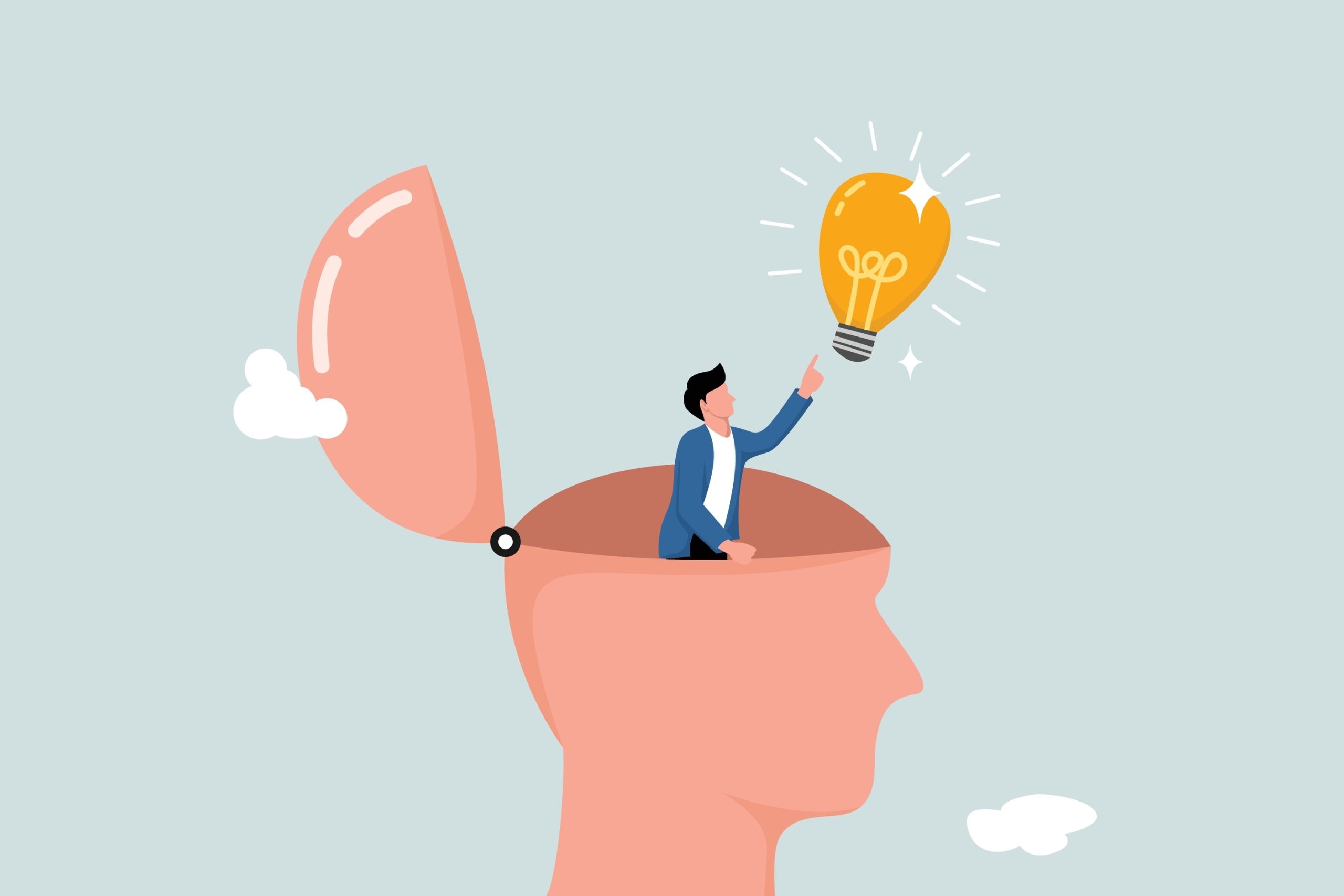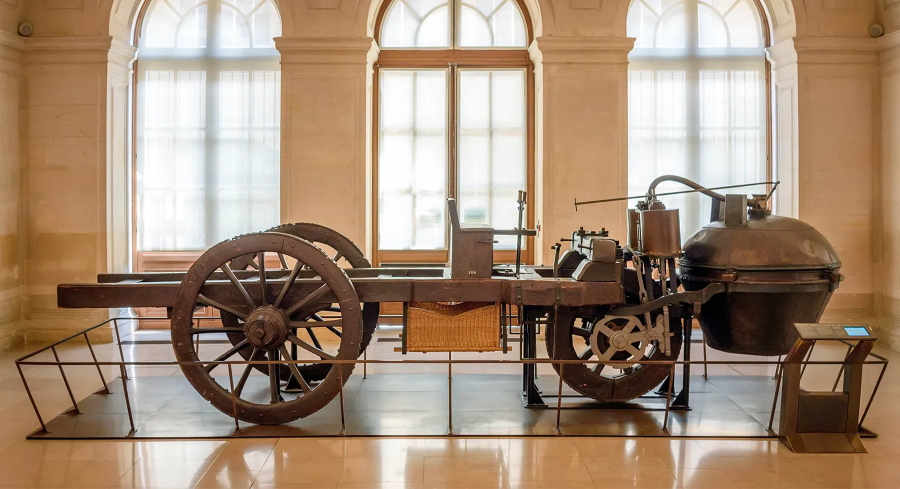Are you aware that science is no longer confined to the laboratories of professional researchers? Today, anyone with a curious and loving nature can contribute to real scientific discoveries to protect the environment! Possessing these qualities is the essence of being a citizen scientist, everyday people who actively participate in collecting and analysing data for scientific research. From monitoring butterflies or wild bees in urban parks to tracking climate changes in forests, citizen scientists play a crucial role in expanding scientific knowledge!
Citizen science helps bridge the gap between professional scientists and the public. Researchers often need large amounts of data over vast geographical areas, which would be impossible to collect alone. This is where the citizen scientist filled in!
Citizen scientists help by gathering observations on wildlife, plants, weather patterns, pollution, and more! Around the globe, citizen scientists have made remarkable contributions to scientific discoveries, proving that anyone with curiosity and dedication can help advance our understanding of the world.
The Discovery of a New Orchid Species
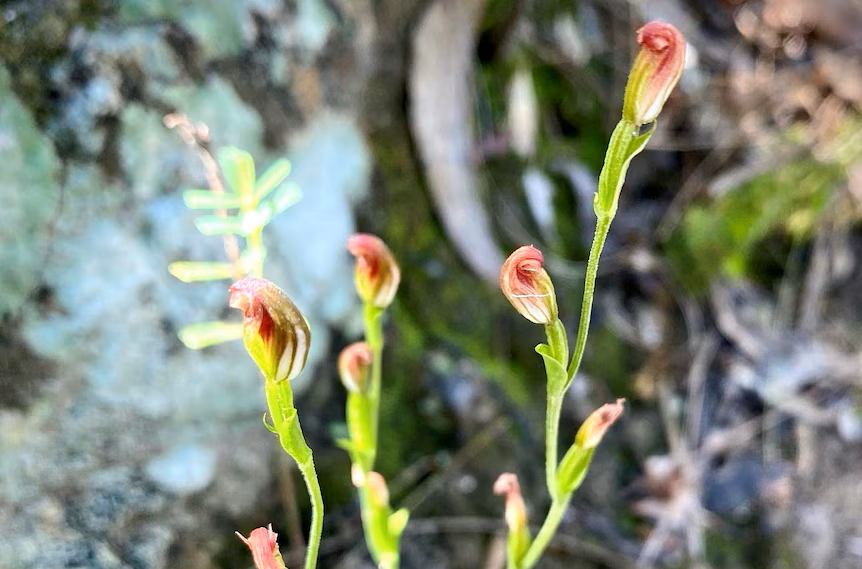
In Australia, Meredith Philistin, a nature enthusiast stumbled upon an unusual orchid while hiking through a remote forest. She took the photo and sent it to her friend, and Joanne Lau. Intrigued, they documented their finding with detailed photographs and shared them with a local botany group. Surprisingly, experts confirmed that the orchid was an entirely new species, leading to its official classification and conservation efforts to protect its habitat. This discovery highlights how citizen observations can contribute to biodiversity research and species preservation.
The Wild River Project
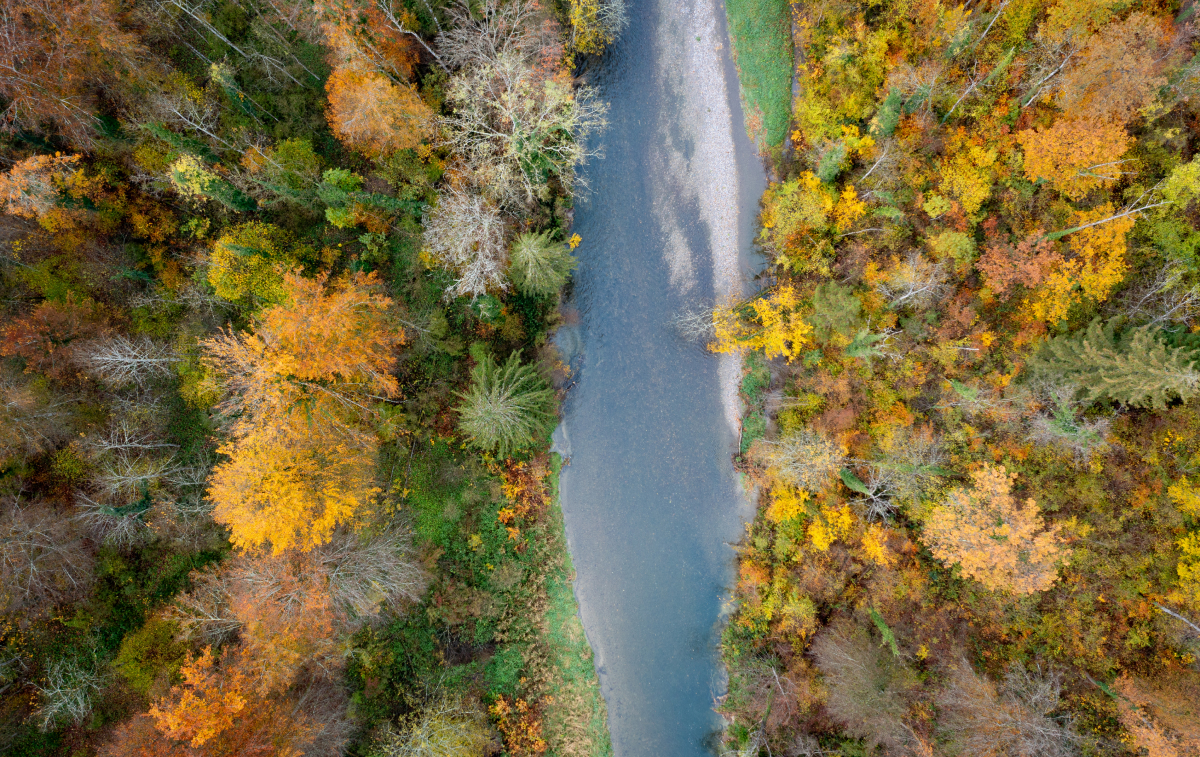
The “Wild River” project is a citizen science initiative that combines crowd intelligence, artificial intelligence, and satellite imagery to assess the wildness of large rivers worldwide. Participants are presented with pairs of river images and asked to choose which one appears wilder. Through numerous comparisons, a ranking algorithm assigns a wildness score to each image. The goal is to create a comprehensive map highlighting the current state of the wildness of global large rivers, identifying pristine sections worthy of protection and those heavily disturbed. This map will inform targeted conservation efforts to safeguard and restore remaining wild and semi-wild rivers. Within 12 weeks, the project garnered over 150,000 contributions from citizen scientists. The success was attributed to outreach efforts, leveraging existing networks of enthusiastic participants, and hosting interactive sessions to demonstrate the project’s workings. Future strategies to boost participation may include competitive campaigns with small prizes, though this would require careful quality control.
The CleanAir Schools Program
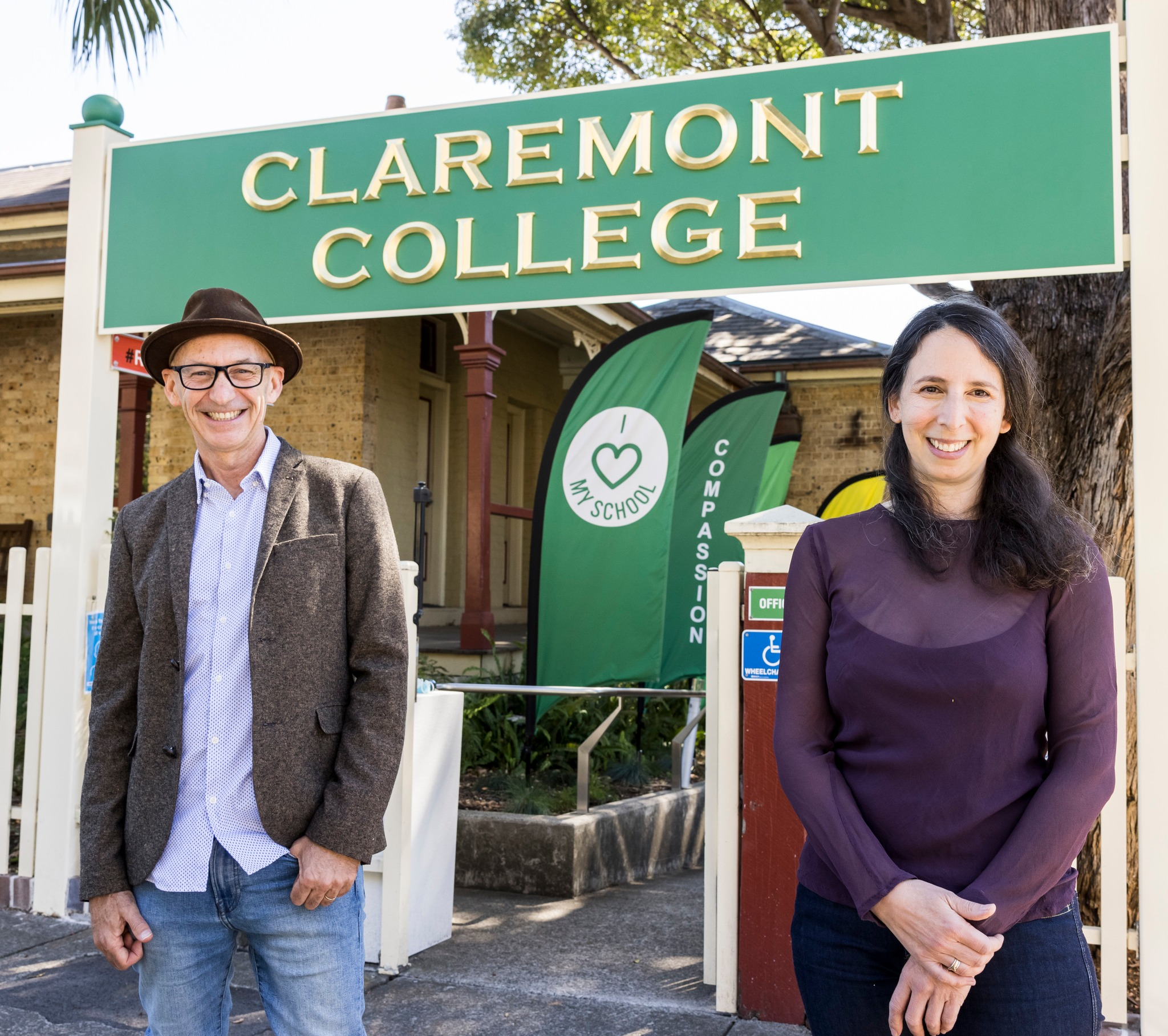
In New South Wales, Australia, the state government launched the Clean Air Schools program to better understand and improve air quality in school environments. In 2023, air quality monitors were installed in 100 public schools to measure pollution levels both inside and outside classrooms. Teachers and students played an active role in collecting and interpreting the data, helping to raise awareness about the effects of traffic pollution on children’s health. This initiative not only supports healthier learning environments but also empowers communities to take informed action, highlighting how citizen participation can contribute to environmental research and public health advocacy.
How to Get Started as a Citizen Scientist?
Identify Your Interests
Citizen science covers a wide range of topics. Do you love watching birds? Are you fascinated by insects? Do you want to track air quality in your neighbourhood? Choosing a field of interest makes the experience more enjoyable and meaningful.
Join an Existing Citizen Science Project
There are many citizen science platforms available online. Some of the best ways to get started including:
- Using citizen science-centric apps like iNaturalist, Seek, and eBird allow you to submit observations in real time.
- Exploring Local Initiatives: Many universities, environmental groups, and government agencies run citizen science projects in your area. For example, in Malaysia, Universiti Teknologi Malaysia through the UTM Library run multiple Bootcamps to educate people about Citizen Science or the Iskandar Malaysia City Nature Challenge!
- Participating in Global Events: Programs like the Great Backyard Bird Count and the City Nature Challenge encourage mass participation in data collection.
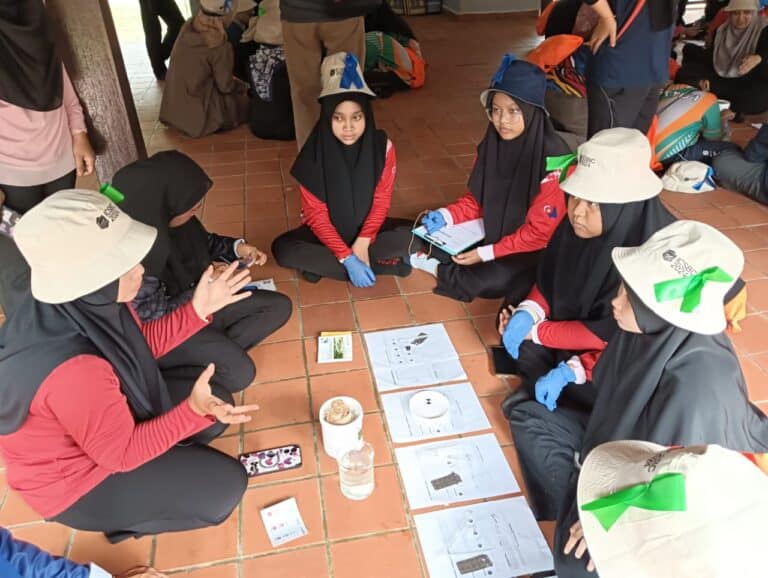
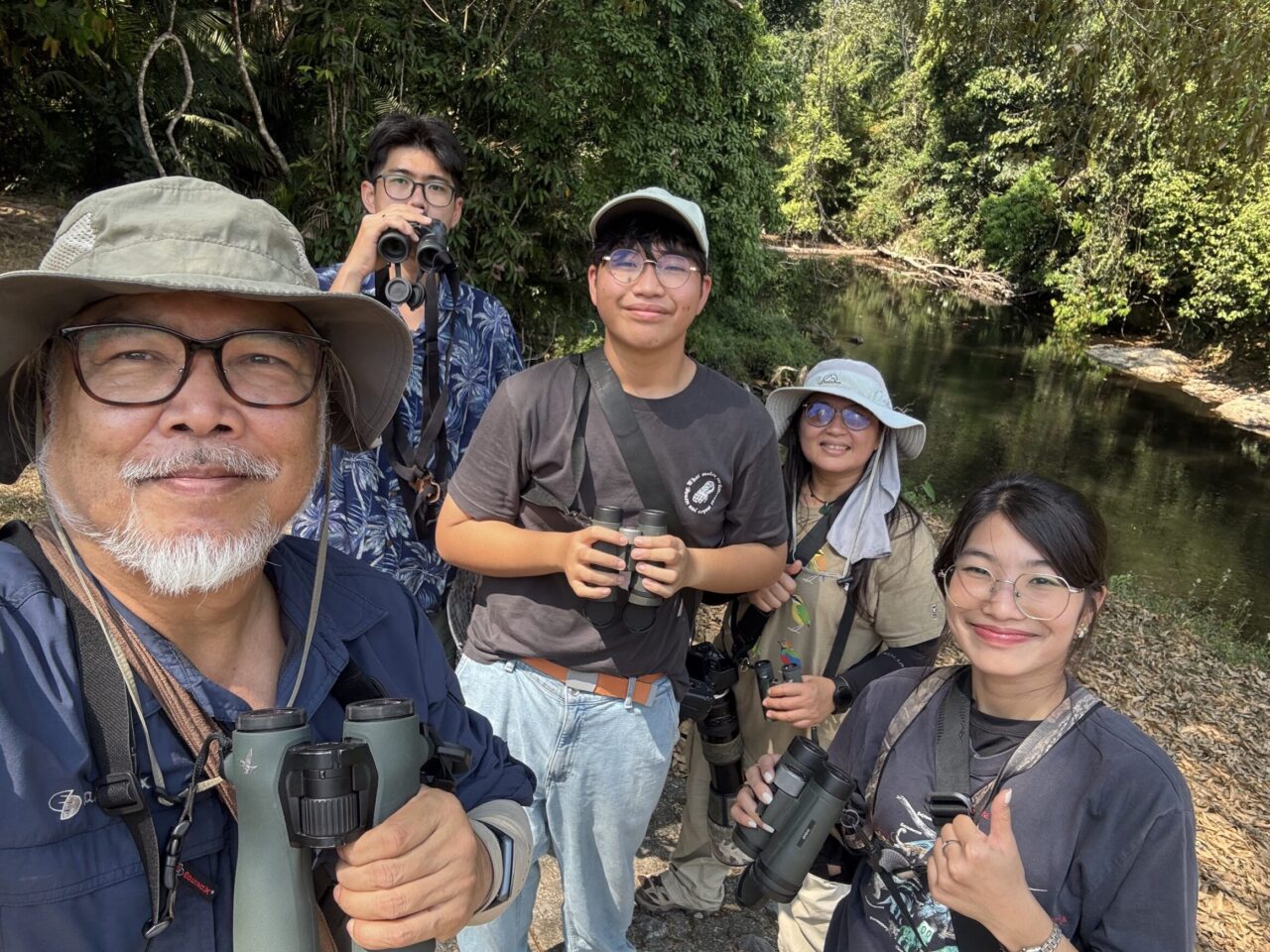
Start Observing and Recording Data
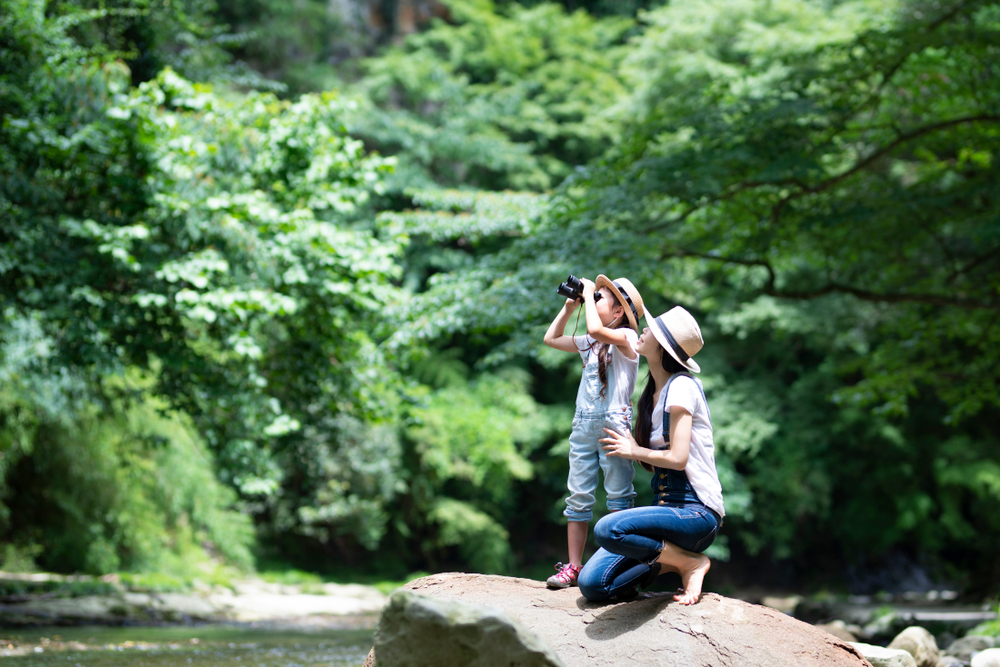
Once you’ve chosen a project, you only need curiosity and a smartphone or notebook. When recording observations:
- Take clear photos of plants, insects, or animals.
- Note the location, date, and time of the observation.
- Use scientific platforms to upload and share your data with researchers.
Small Actions, Big Impact!
Becoming a citizen scientist is one of the most exciting ways to contribute to science while deepening your connection with nature. Whether you’re watching birds, identifying plants, or collect real-time air pollution data using low-cost sensors, your contributions matter. By participating in citizen science, you are not just learning; you’re helping solve real-world problems and impact environmental sustainability. Let’s grab the smartphone, step outside, and start exploring.
Science needs you, citizen scientists!
Prepared by:
Syaza Soraya Sauli

